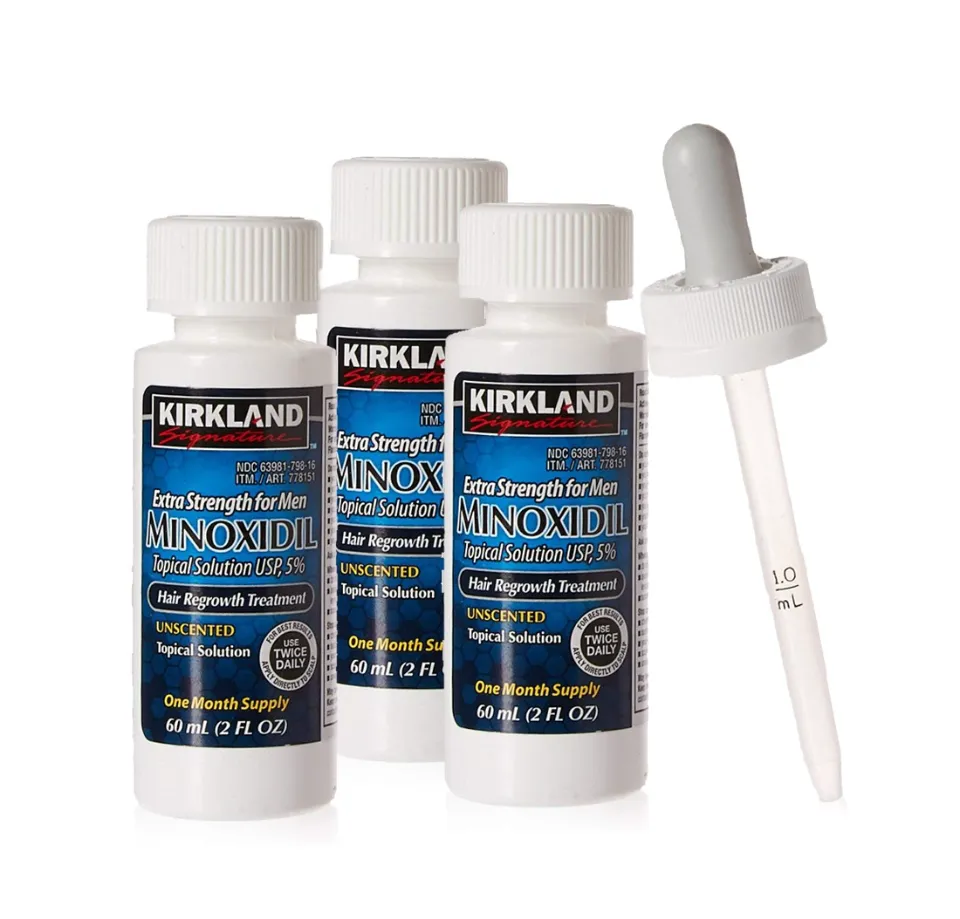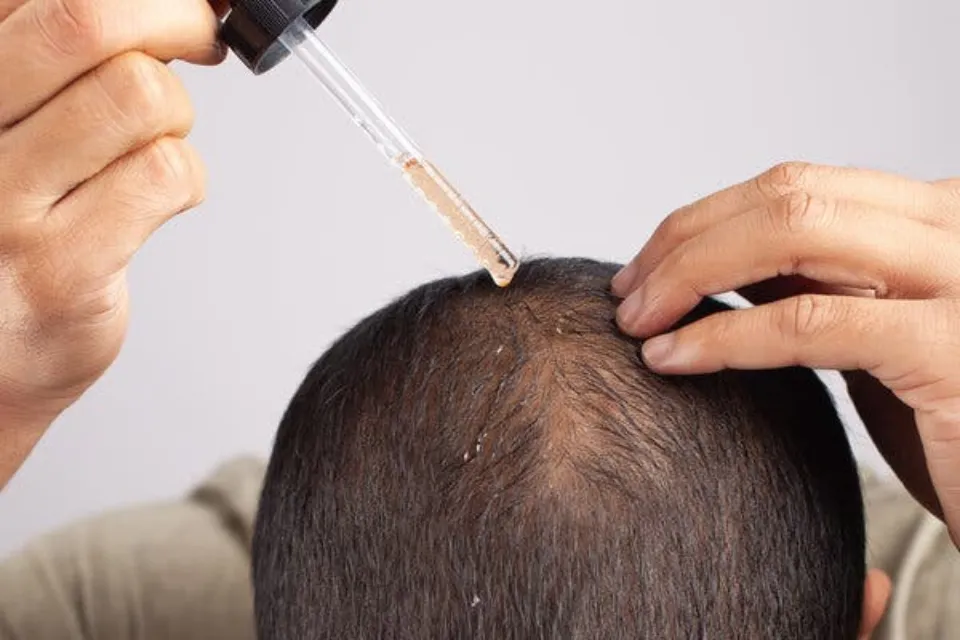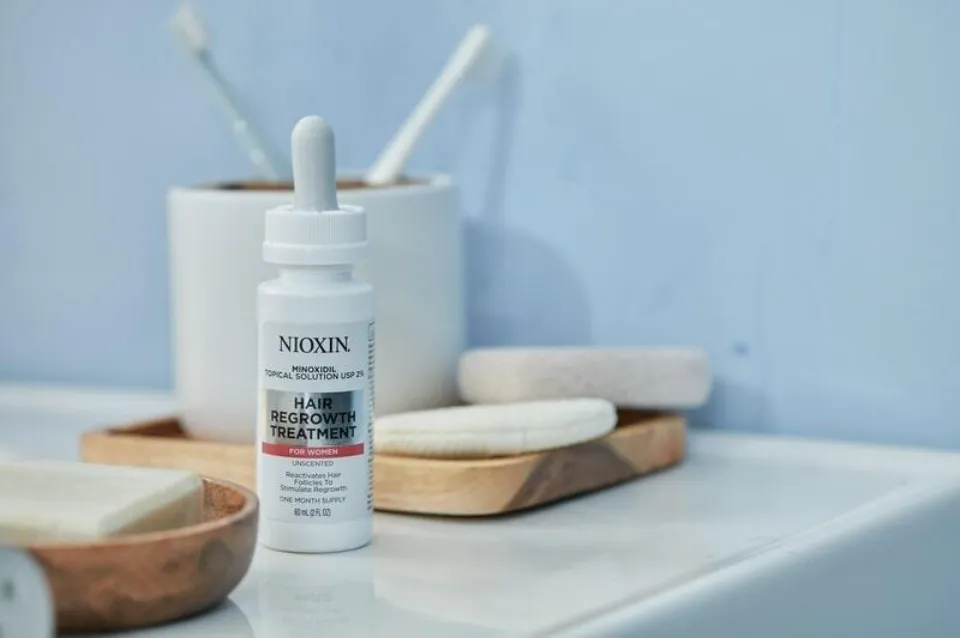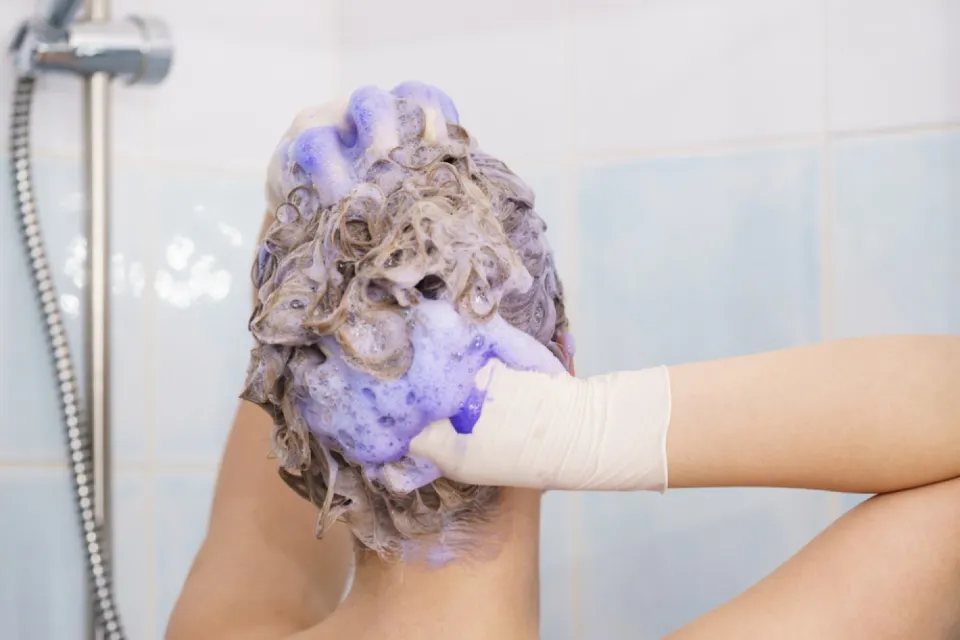A common issue for many people is hair loss. Most people who are facing Hair Loss generally start the use of Minoxidil. But does minoxidil cause hair loss? Minoxidil doesn’t cause hair loss.
Do not become alarmed if your hair appears slightly thinner than normal soon after starting your Minoxidil treatment. Hair shedding often happens as Minoxidil moves hair follicles into the anagen phase, and it’s a temporary issue.
Let’s explore why Minoxidil may cause initial hair loss and how to best use it to reawaken your hair follicles and regrow the fab hair you deserve!
Can Minoxidil Make Your Hair Loss Worse?
Even though Minoxidil is Some people experience more hair loss during the first few weeks of using the medication than they did prior to FDA approval for hair growth, which means clinical trials demonstrated its efficacy. What’s the deal?
It turns out that hair loss when you first start taking Minoxidil is a sign that it’s working. But don’t worry, it should only last up to four weeks.
The smaller, finer hairs that were already on their way to falling out are pushed out when Minoxidil stimulates hair growth.
As your thin, fine hairs begin shedding, thicker hairs will soon take their place. Even though it can be unsettling to watch your hair begin to fall out in the beginning, it’s crucial to stick to the plan and continue using Minoxidil every day.
Any hair growth advancements made will be lost if you stop taking Minoxidil, and you will return to your pre-medication state.
If you continue using Minoxidil to treat your hair, you should start to notice better hair growth in about four months.
Bear in mind that natural hair growth takes time. Allow Minoxidil the time it requires to produce thicker, stronger hair on your scalp.
You Might Also Like:
- Does Cancer Cause Hair Loss?
- Does Alcohol Cause Hair Loss?
- Can Hair Dye Cause Hair Loss?
- Does Mounjaro Cause Hair Loss?
- Does Creatine Cause Hair Loss?
- Does Dandruff Cause Hair Loss?
- Can Depression Cause Hair Loss?
- Does Metformin Cause Hair Loss?
- Does Wellbutrin Cause Hair Loss?
- Does Hard Water Cause Hair Loss?
- Does Dry Shampoo Cause Hair Loss?
- Can Spironolactone Cause Hair Loss?
What Does Minoxidil Do?

Currently, research suggests that Minoxidil treats hair loss and improves hair growth by moving your hair follicles into a state of active, ongoing growth, and by improving the supply of blood to your scalp.
Sound confusing? Understanding how Minoxidil fits into the hair growth process is fairly simple once you’re aware of how your hair actually grows.
Every single hair on your body, from your scalp to your facial and body hair, grows as part of a multi-phase cycle that’s referred to as the hair growth cycle.
Each hair follicle undergoes a growth stage known as the anagen phase during this cycle, during which time the hair grows to its full length over the course of several months or years.
This is followed by the telogen phase, a period of rest, and the catagen phase, a phase of transition. Hair stops growing during the telogen phase and eventually is replaced by new hair that grows from the same follicle, causing it to shed.
Disruptions to this cycle are common in hair loss. For example, male pattern baldness can develop when your follicles miniaturize due to the effects of dihydrotestosterone (DHT), leading to a shorter anagen phase.
Telogen effluvium, on the other hand, can occur when some or all of your hair follicles enter into the telogen phase early, causing sudden hair shedding.
When Minoxidil is applied, dormant hair follicles enter the anagen phase, where they begin to grow rather than rest. Additionally, it prolongs the anagen phase, which means that each hair has more time to grow before falling out from the scalp.
Research indicates that Minoxidil expands blood vessels all over your scalp, stimulating blood flow. This may increase the amount of vitamins, minerals, and other nutrients reaching your hair follicles, which will help them produce strong, healthy hair strands.
The best part is that this stuff actually functions, according to research.
What Are the Side Effects of Topical Minoxidil?

Because Minoxidil is a widely used, thoroughly tested medication, its side effects are well known among healthcare providers and researchers.
Depending on the formulation, the most common topical Minoxidil side effects are:
- Skin irritation at the application site
- Scalp itchiness
- Slight burning sensation
- Skin rash
These negative effects may be caused by Minoxidil itself or by a skin reaction to some of the ingredients frequently found in Minoxidil formulas.
Propylene glycol and alcohol are found in a lot of Minoxidil sprays and foams. These components are frequently added to Minoxidil formulations to aid in proper dissolution and enhance skin absorption.
You might experience skin sensitivity after using Minoxidil topically if you have a skin type that is sensitive to propylene glycol, alcohol, or both substances.
Any skin sensitivity caused by Minoxidil is typically mild and transient. If you experience any side effects while taking Minoxidil, consult your doctor.
If any of the ingredients in your Minoxidil foam or topical solution make you susceptible to allergic contact dermatitis, your doctor can conduct a patch test to find out what is irritating your skin.
If you’re allergic to a specific ingredient, your healthcare provider might suggest using a different formulation less likely to cause scalp conditions.
Takeaway: Does Minoxidil Cause Hair Loss
To avoid unwanted body hair growth from Minoxidil, carefully apply Minoxidil liquid or foam only to your scalp.
Minoxidil should be carefully washed off of your face, neck, or other exposed body parts if it gets on them.
While there are differences between each of these medical hair loss treatments, it’s important to discuss which one is best for you with your doctor.
FAQs
Can Minoxidil Worsen Hairloss?
Minoxidil can make your hair fall out, particularly when you first start using it.
Does Minoxidil Cause Hair Loss After Stopping?
No, not necessarily. The majority of people merely lose the hair they had before taking the medication.
Does Minoxidil Reduce Hair Thinning?
For issues related to hair loss, Minoxidil is a frequently prescribed medication.




